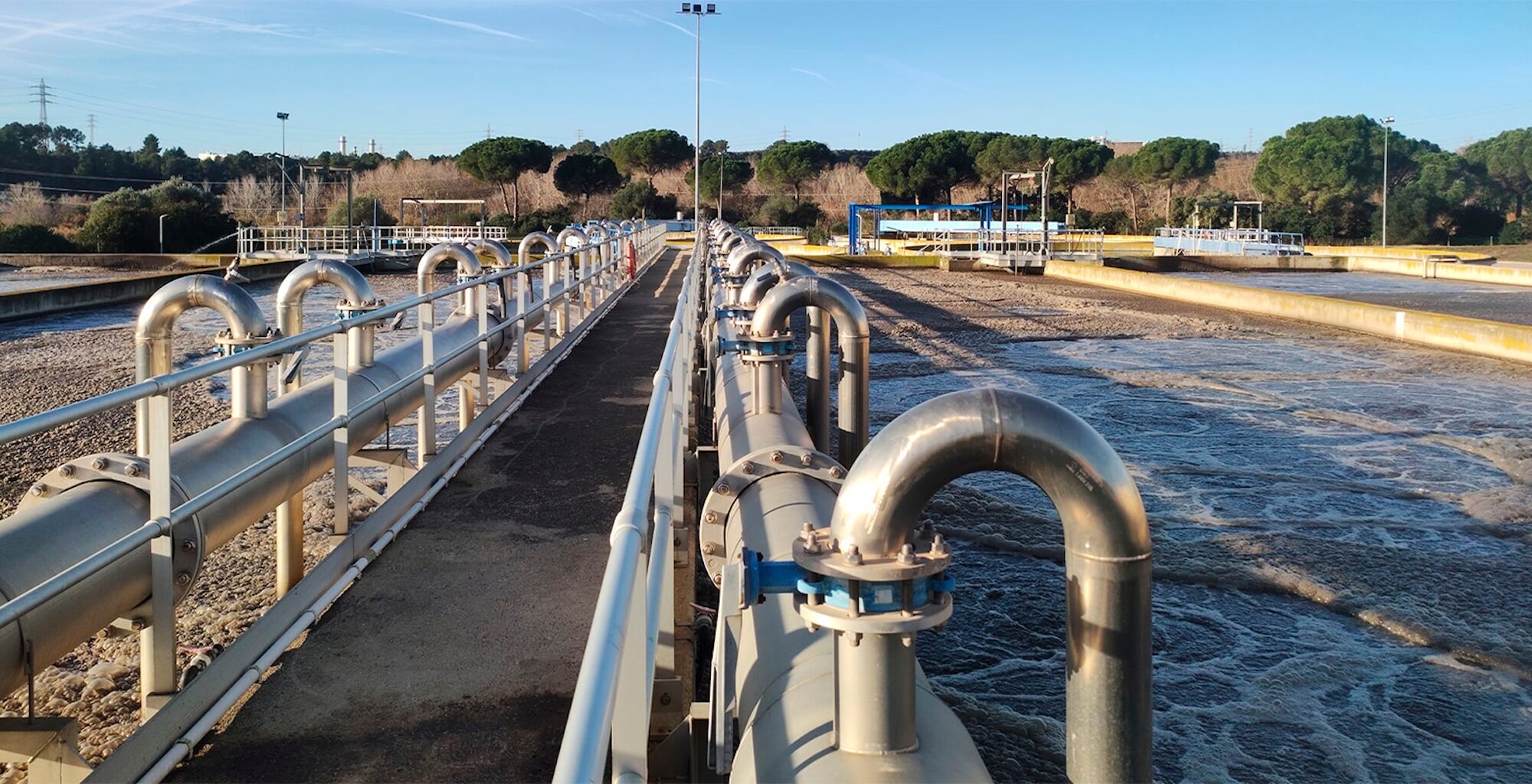-
ACCIONA and innovation
ACCIONA and innovationWE MAKE PROJECTS A REALITY THAT HELP THE PROGRESS OF SOCIETY AND RESPECT FOR THE ENVIRONMENT
-
Challenges
ChallengesDO YOU HAVE AN IDEA OR PROJECT?
- LAUNCH YOUR PROPOSAL

ACCIONA has launched the European innovation project NIMBI to transform wastewater treatment plants into biofactories capable of recovering resources from wastewater. The main objective is to recover nitrogen for use as fertilizer, harnessing the energy generated in the treatment process itself.
Led by ACCIONA in collaboration with the LEITAT technology center, the project is funded by Spain’s Ministry of Science and Innovation through Next Generation funds under the State Plan for Scientific, Technical and Innovation Research.
Bioelectrochemical technology for nitrogen recovery
NIMBI assesses the potential of bioelectrochemical technologies to improve the energy balance of treatment plants. The process leverages the energy released during the anaerobic treatment of organic matter in wastewater to recover the nitrogen it contains in the form of fertilizer.
At the same time, the process enriches the biogas generated at the plant, yielding a fuel with a higher calorific value—all while minimizing CO₂ and N₂O emissions, thereby reducing the facilities’ carbon footprint.
From wastewater plants to other industries
The benefits of this project can be replicated in other industrial sectors that generate streams with high concentrations of organic matter, ammonium or biogas, such as waste-treatment industries.
The initiative is part of ACCIONA’s aim to develop technological solutions that increase the efficiency of wastewater treatment plants and ensure the protection of marine and terrestrial ecosystems.
The NIMBI project is aligned with European policies on water bodies and ecosystem protection: the Water Framework Directive (2000/60/EC), the Marine Strategy Framework Directive (2008/56/EC), the Nitrates Directive (91/676/EEC), the Common Agricultural Policy (CAP) and the Urban Wastewater Treatment Directive (91/271/EEC), currently under revision.
The NIMBI project (Code: CPP-2022-009665) is funded by MCIN/AEI/10.13039/501100011033 and by the European Union–NextGenerationEU/PRTR.
